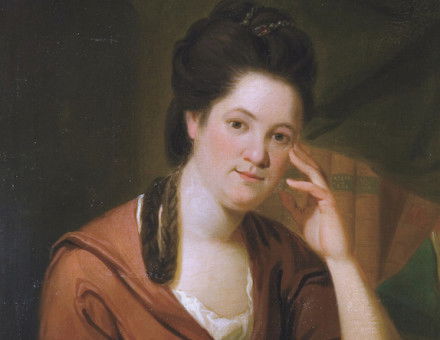On the Right Wavelength
David Culbert looks at the development of radio news commentary in the United States in the late 1930s and the political climate that shaped it.
Dorothy Parker, in a 1927 New Year’s review of a book about etiquette for The New Yorker, expressed a fashionable sentiment about an upstart medium: ‘There is no force great enough ever to make me say “I’m thinking of buying a radio’’.’ Yet she soon changed her mind, as did millions of Americans. A few statistics illustrate this enormous change. In 1924, Americans owned 2 million radio sets; in 1936, 33 million; in 1940, 50 million. In 1929 the annual gross network revenues for Columbia Broadcasting System (CBS) and National Broadcasting Company (NBC) totalled $19 million. Six years later NBC reported revenues of $31.4 million and CBS $17.6 million. By 1940, CBS sales had increased to $41 million; NBC to $51.6 million. The same year the Mutual Broadcasting System, founded in 1934, reported nearly $5 million in gross revenues. Within eleven years network gross sales had increased from $19 million to nearly $100 million. And this in the midst of the worst depression in American history and despite the refusal, even in 1940, of thirty of America’s leading advertisers – including General Motors – to buy time on radio.





